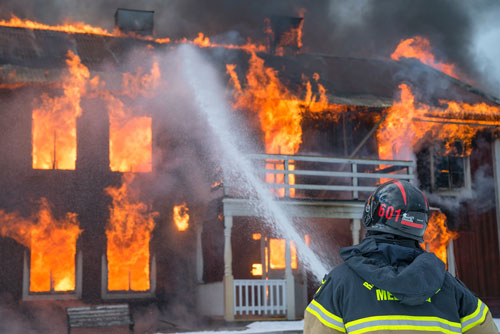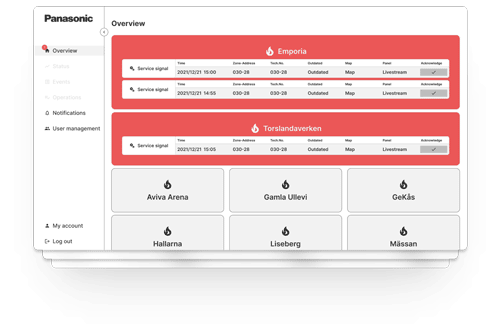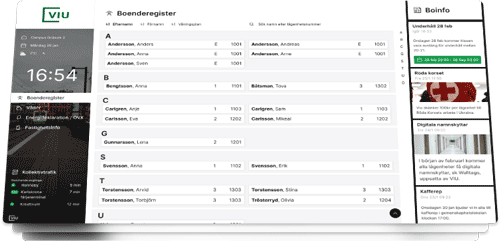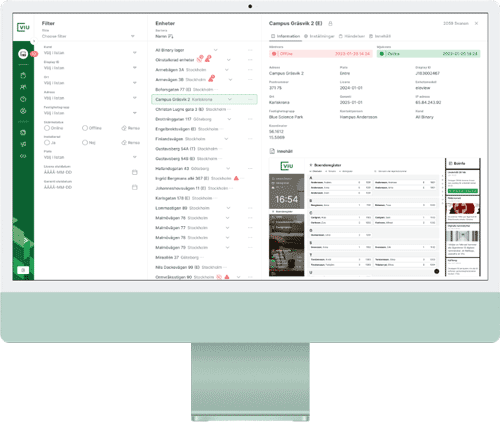Lessons Learned
Balancing Modernization and Continuity:: The project underscored the importance of maintaining design continuity while modernizing an existing application.
Effective Collaboration: Collaborating with cross-functional teams and stakeholders is essential for achieving a harmonious integration of design and development.
User-Centered Design: Prioritizing user feedback and conducting thorough research are critical for creating a user-friendly application.
In summary, the EBL Cloud project exemplified the successful adaptation of a legacy system into a modern cloud solution, highlighting the significance of design, collaboration, and user-centricity in project success.






